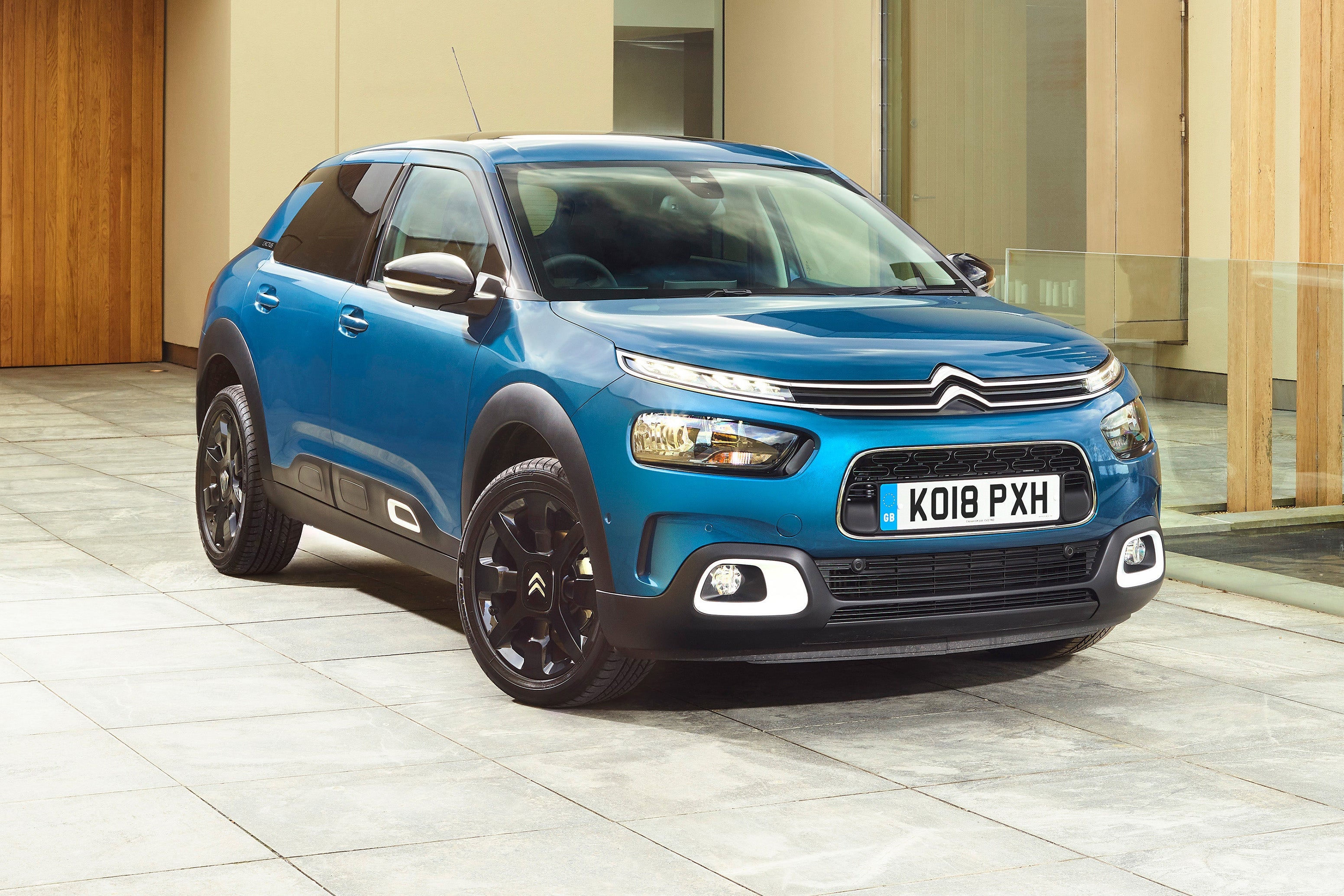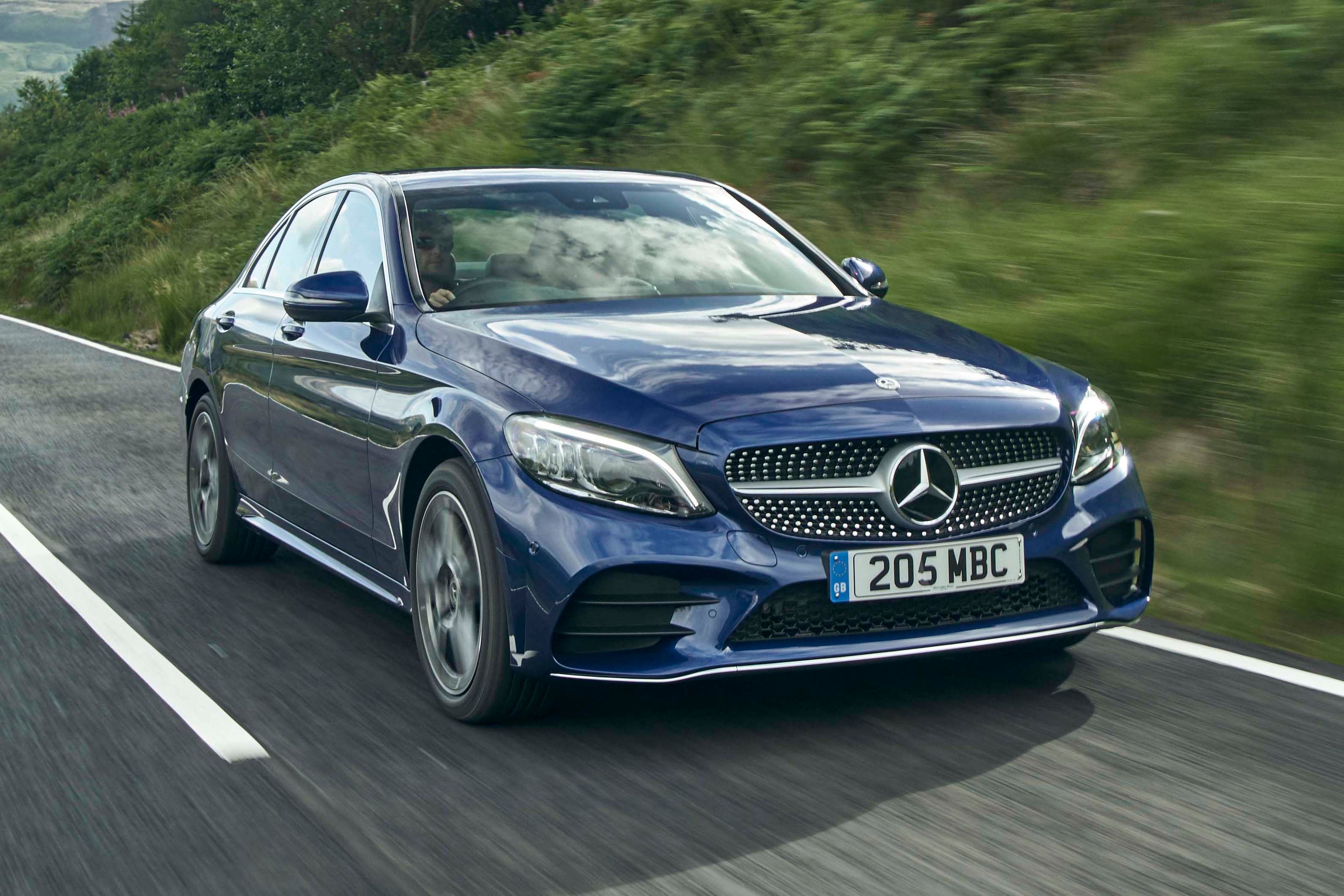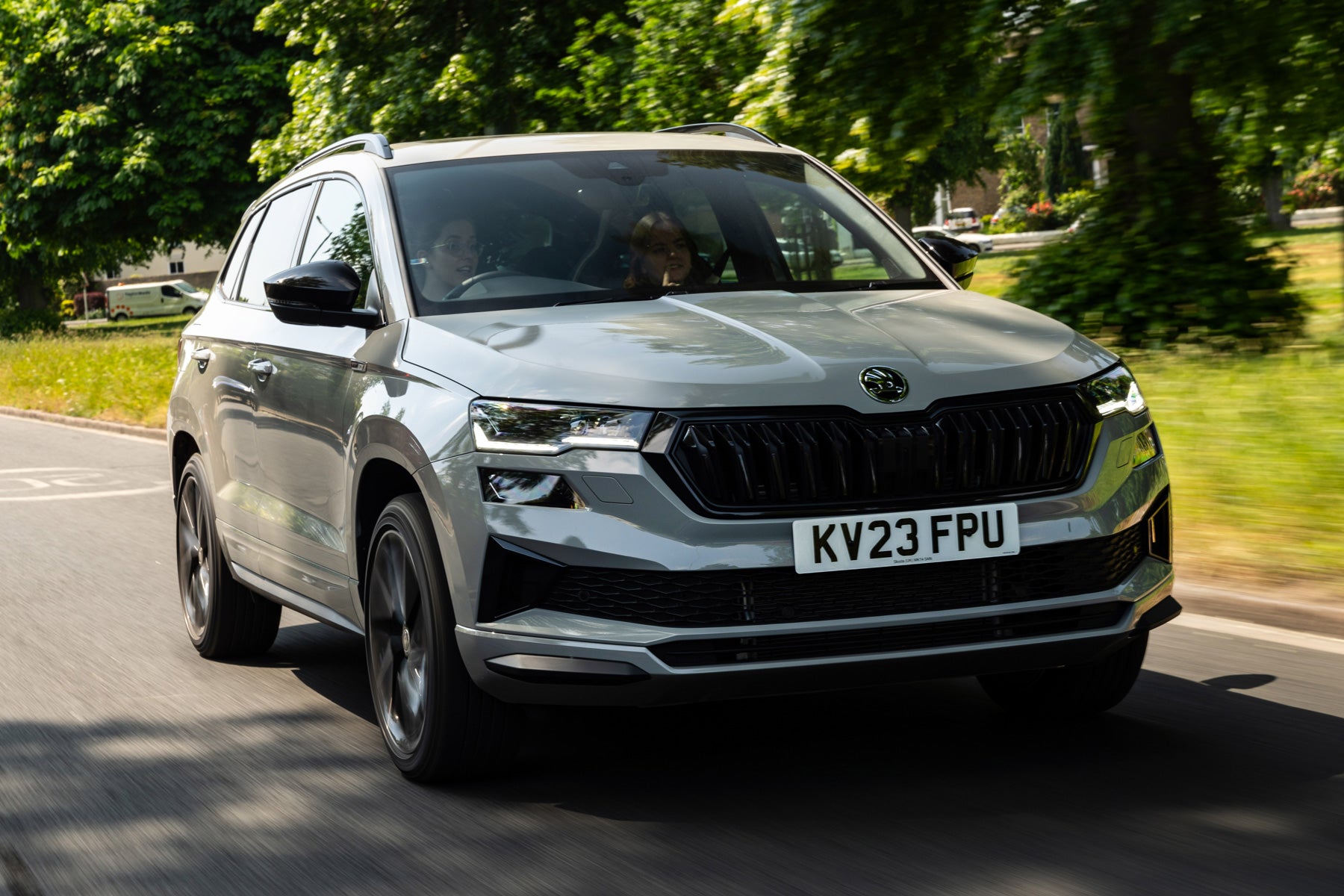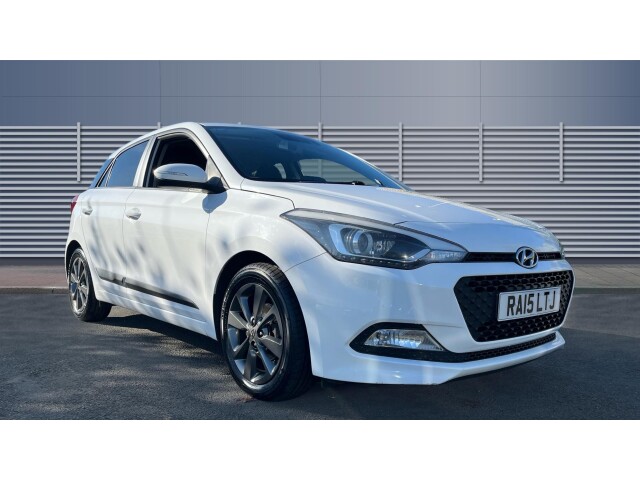
Lane assist helps you keep your car running safely in the middle of its lane on the motorway. It's such an important feature that part of safety body NCAP's testing is dedicated to the fitting and operation of lane assist.
But how exactly does it work, why is it such an important feature to have and what isn't so good about it? For the answers to those questions and more, keep reading.
What is lane assist?
Lane assist is a safety feature that helps keep your car safely in its lane on the motorway. It's designed to stop accidents caused when your car drifts out of lane – perhaps due to a lapse of concentration or drowsiness – by warning you of your impending doom. Even if you get close to the edges of your lane – your right tyres touch the dividing line between you and the adjacent lane, say – lane assist should sound a warning or send a vibration through the steering wheel so you're aware of the imminent danger.
How does lane assist work?
Lane assist uses a camera (usually mounted behind the rear view mirror in your windscreen) to essentially read the road. It takes account of the white lines on the far and nearside of your car and then judges where your vehicle needs to be to get it dead centre. If the camera detects you risk straying too far to the right or left, it will warn you by sounding a tone or sending a vibration through the steering wheel.
How much does lane assist cost?
You'll find lane assist is a standard feature on almost all new cars and will cost a few hundred pounds on the options list or a little more bundled together in a pack with kit such as a blind spot warning system – which can warn you when a car is approaching you in your blind spot.

What's the difference between lane assist and active lane assist?
Lane assist is such a widespread feature that many cars now come with a more advanced version called active lane assist. Active lane assist is hooked up to your car's stability control and ABS system and can safely dab the left or right-hand side brakes of your car to push it in the opposite direction.
It's the same principal that allows a tracked vehicle – like a bulldozer or excavator – to turn. If that all sounds a bit nanny state, it's worth noting that you can always counteract what active lane assist thinks is the right thing to do by making your own steering inputs, which immediately override it.
Active lane assist usually comes as part of a set of autonomous driving aids that include active cruise control – which can accelerate and brake your car for you on the motorway – meaning the car can essentially drive itself in lane although legally, you still have to have your hands on the wheel.
In fact, the very latest active lane assist systems do actually steer the front wheels rather than using the brakes to nudge you back into position. Systems like this can guide your car around corners and – in the very latest versions – take avoiding action if a collision is judged imminent.

What are the drawbacks of lane assist?
While lane assist is a great safety feature it can also be, and there's no other way to put it – quite annoying. It's great on a motorway, but on A and B roads, it does have a tendency to bleep or vibrate the steering wheel in a way that will quickly send you around the bend.
Active lane assist can be equally frustrating, squirming the steering wheel in your hand in a way that feels artificial at best and overbearing at worst.
On the bright side, lane assist and active lane assist can always be turned off. Depending on your car, you'll usually find it on a stalk or button near the steering wheel, but on some cars it's buried deep in the infotainment system's menus. Annoyingly, safety dictates that – if you want it off – you'll have to turn off each and every time you get in your car.
Lane assist works by following the white lines in the road and guiding your car in between them. If heavy snow covers the road, however, the system will be unable to read the lines and won't be able to operate.
Lane assist can be turned off, but for safety reasons it will always default back on again each time you get in your car.
Lane assist is an important safety feature that you'll find is fitted to most new cars looking to bag themselves a top five-star rating from safety body Euro NCAP. You'll find in cars as humble as the Volkswagen Polo and Hyundai i20.
Lane Assist | Volkswagen
Read reviews of some of the best cars fitted with lane assist
Loading...




